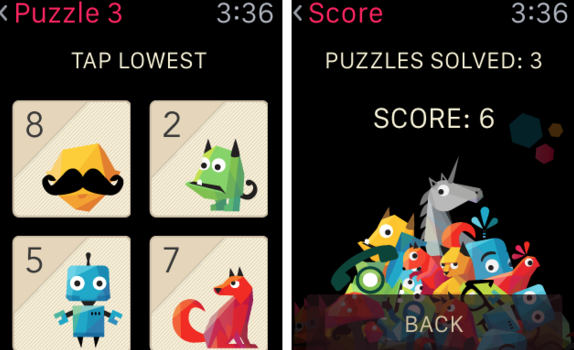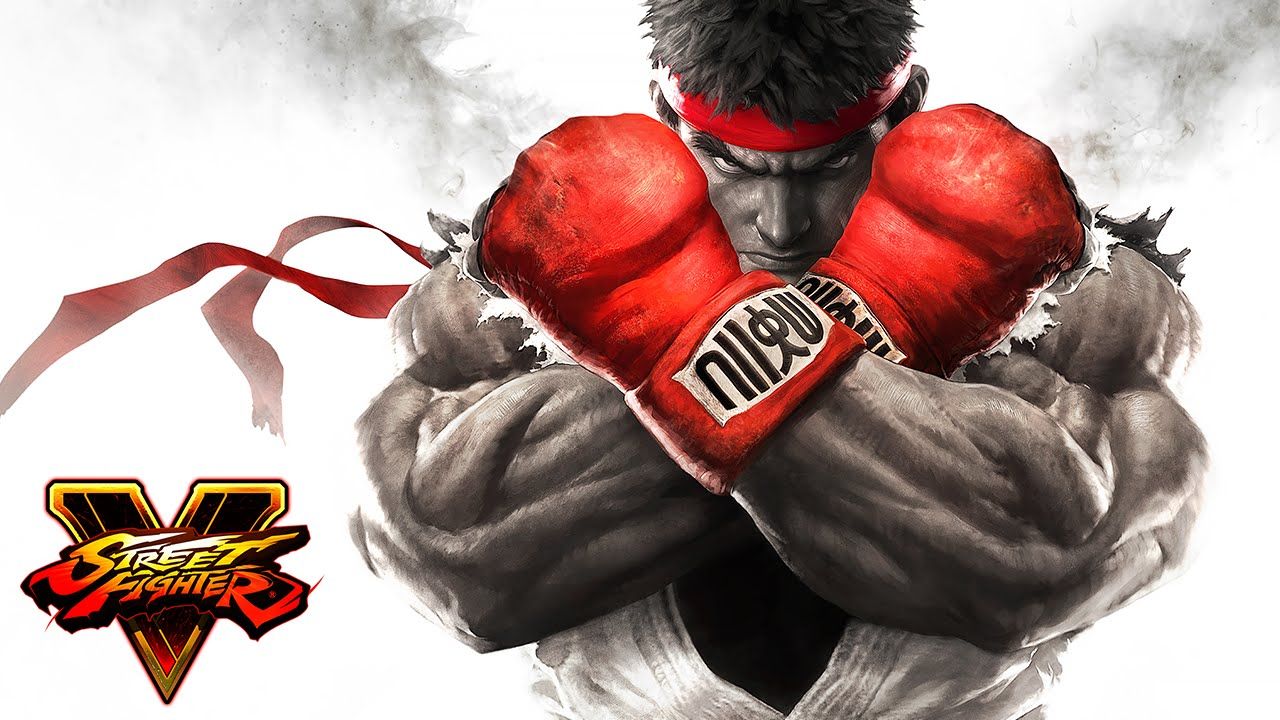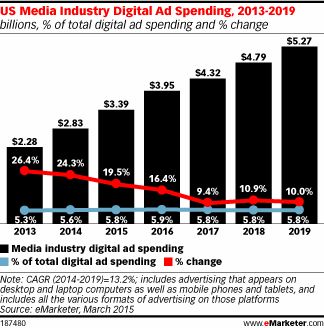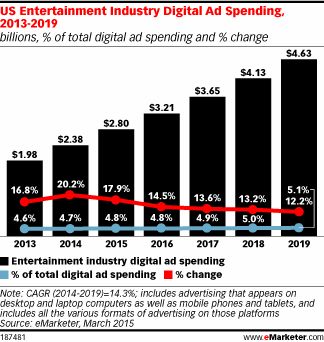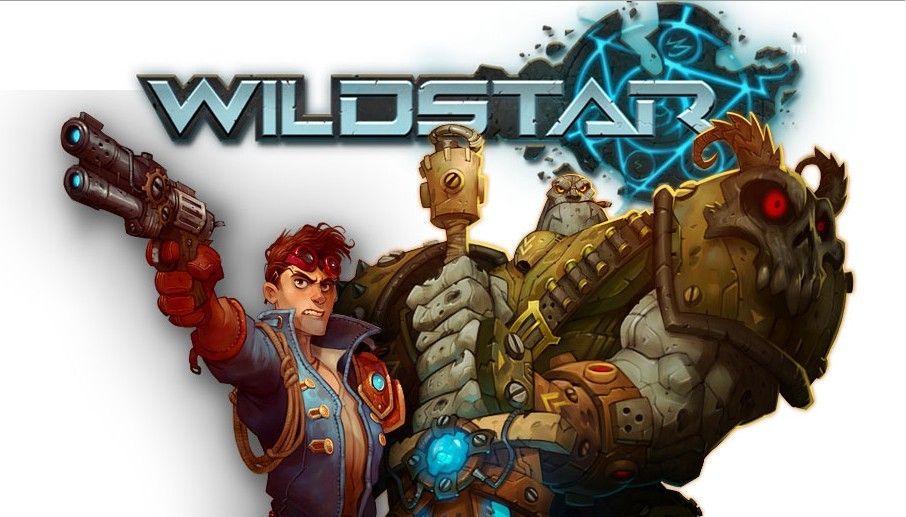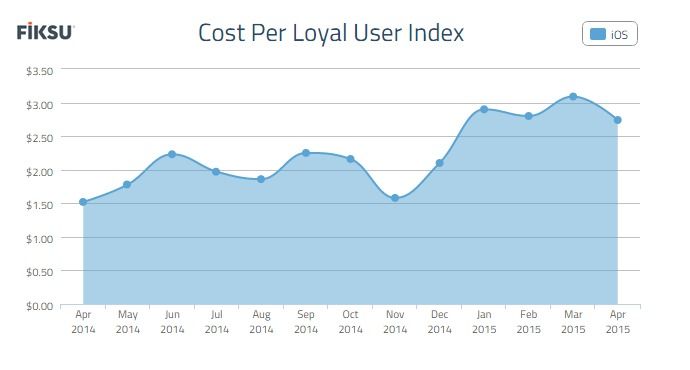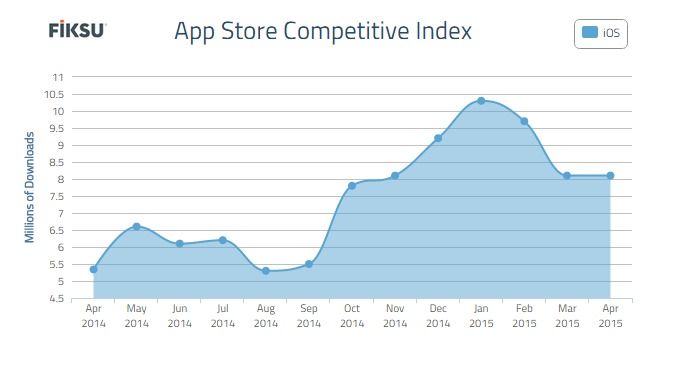One of the leaders in massively multiplayer online gaming has long been South Korea publisher NCSoft, which generated more than $756 million in revenue last year on the strength of such long-running MMMORPGs as Lineage, Guild Wars, and Blade & Soul. The company hasn’t had as strong of a presence in the West, but it’s moving strongly to change that by investing heavily in existing games as well as new games. NCsoft West is bringing Blade & Soul to the West later this year, and it’s also expanding on to mobile gaming in a big way.
“Over the last several months, we’ve begun to lay the groundwork to increase NCSoft West’s investment and prominence in the West,” said Dr. Songyee Yoon, CEO of NCSoft West. “Now, with our full executive team in place, new mobile studio open in San Mateo and a number of other key initiatives underway, we have a strategy that will drive our acceleration and position the company as a key leader in the Western games industry.”
As part of NCSoft West’s growth and expansion, the company recently opened a new mobile studio In San Mateo, California and plans to grow that studio significantly over the next year. The new studio will work to develop high quality, innovative titles that are both new IP and also leverage NCSoft’s existing game portfolio. John Burns, NCSoft West senior vice president of publishing, spoke with [a]listdaily about the company’s mission to increase its Western footprint.
NCSoft has a variety of different MMOs that it’s bringing to the West. Do you think this helps in marketing — that you have offerings to suit many tastes?
I think it’s definitely a key part to the new strategy that NCSoft West in particular has. That’s a strategy that our parent company in Korea has had for some time, where they have multiple game styles. It’s one of the reasons they’re one of the leading companies in that market, and it’s something that we’re going to replicate here. It hasn’t really been NCSoft West’s strength to this point, but it’s something we’re now going to accelerate against.
One of the core strategies we have moving forward is exactly what you’re saying, is to expand our product portfolio. That really involves not only doubling down on what we consider one of our core strengths, high quality live service PC games. You see that with WildStar where we’re doubling down, Blade & Soul where we’re bringing it to the West. We announced a couple of months ago that Lineage Eternal will be a global launch. We have a couple of other products in Korea that we’re looking to bring to the West. Also in general to expand on the premium PC MMO. We continue to be big believers in that space, and we’re very interested in bringing our consumers exciting gameplay experiences on that platform. It’s also about expanding to other platforms, Which is something that we’re going to be doing. We’re announcing this week our new mobile studio in San Mateo, which is going to be our key mobile development center. That’s going to be roughly 100 people that we’ll be placing in the San Mateo offices, all designed and all built around delivering premium online persistent mobile experiences.
We think expanding our portfolio does give us some advantages, and offers our players something new and exciting on a regular basis. But also I think it’s something you’ve got to do today to be successful in the gaming space. I think the days are gone of one game every few years. You’ve got to be moving relatively quickly and that’s our intention moving forward.
The way people play MMOs on computers, usually for hours at a time and often with extensive use of the keyboard with a complex interface, is very different from the way people tend to play mobile games. How will you deal with those issues in developing your mobile games?
Yes, there are definitely significant differences between the platforms. I think the first answer to that question is what we’re going to do is bring in experts for that platform. That actually speaks to one of the things that’s been happening the last few months, where I talked about NCsoft accelerating the company. One of the ways we started to do that in the last few months is we restructured NCsoft West. We’ve also rebuilt the executive team of the company with a number of new executives joining.
One of those executives is our SVP of mobile development, Jesse Taylor, who joined us from Glu Mobile a few months ago. Jesse is a veteran of the games industry and specifically did a lot of PC development, worked on a lot of massively multiplayer games, and about five years ago moved into mobile and led several studios at Glu and recently joined NCsoft. He’s already built a team of around twenty people in San Mateo. Most of those are mobile experts who understand the space very well. We’re going to continue to build that group out as well as add mobile experience elsewhere within the company, including the publishing facility down in Orange County.
We think having that expert leadership in development and marrying that to some of NCsoft’s core strengths in high quality gaming, high fidelity experiences, and management of a live service product that excites consumers is a good starting point for mobile. I’m not saying that’s all the answers, there’s a lot more to do and it’s a difficult space to be successful in, but I think we’ve got the right ingredients.
You have all of this successful existing IP — are you looking to bring some of that to mobile?
There’s three areas that we think about. There’s existing IP that we have that we could move to the mobile platform, that has a lot of appeal provided it’s done correctly with the right level of expertise. The second area is new, internally developed product, which is why we’re building the development studio in San Mateo — they’re going to be working on some new IP. Finally there’s partnerships and acquisitions. We have already announced one, an investment in a company called TGS a while back. We’re also looking at other opportunities that will accelerate our presence in the mobile space.
There are plenty of great games out there on mobile, and the challenge for every game maker is how do you get people to your game. What’s your strategy?
I think on all platforms nowadays these challenges exist. There are so many distractions and so many great entertainment experiences. Certainly for NCSoft we see it as all starting with having a great game, and certainly if you look at our pedigree we’ve managed to be successful in that area. Specifically on a publishing level, you still need great marketing and communication and other types of publishing activities. That’s actually been true on other platforms like PC and console for a long time. You need very well thought out product plans and tactics, you need a high level of investment, and you need a great degree of innovation. What we’re seeing in mobile is you need all those elements as well.
The days are clearly gone now when you can have that good, innovative game and not do great publishing and marketing activity. That’s becoming more and more the case as mobile develops. I think that starts with companies recognizing the cost per download is increasing, so they need to invest significant marketing dollars. That carries on through needing to have an extensive 12 to 24 month product marketing plan. Again, that’s something NCSoft is used to — we’ve done that on other platforms, and we’ve been doing that for quite a long time. I think in mobile we’ll bring that level of experience, and quite frankly, investment that you need to take a new mobile title and surface it up to consumer’s eyes. Of course, one common thread is you need not only a great product, you need a great team.
